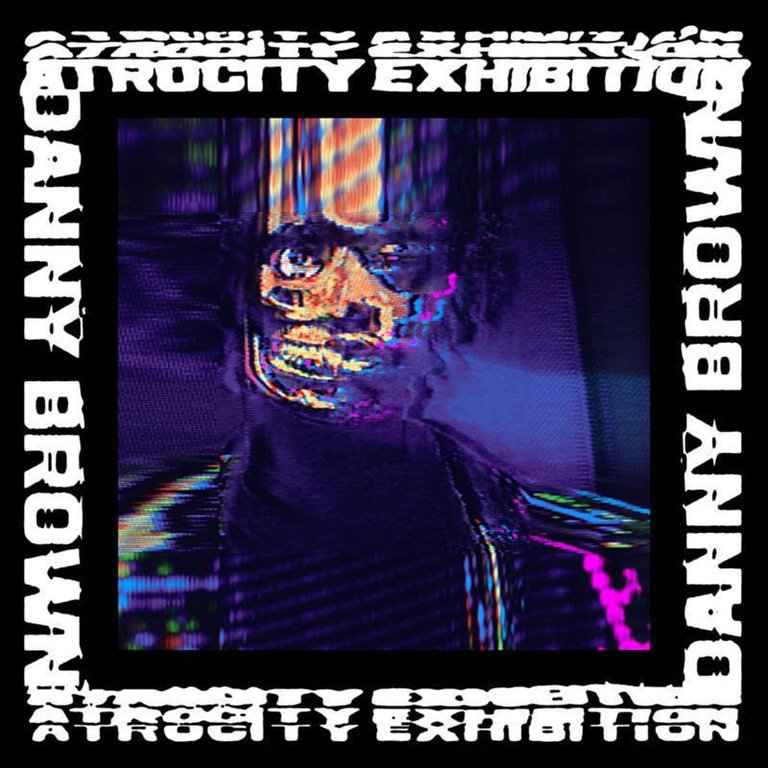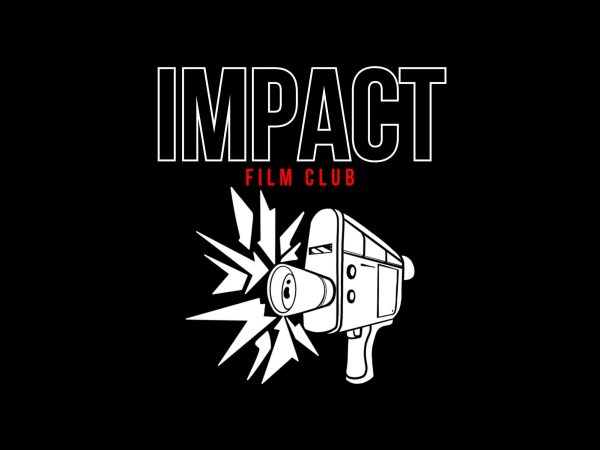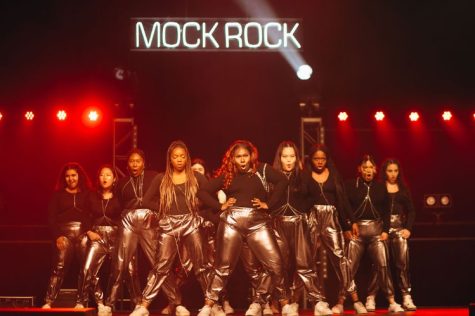Danny Brown releases his crowning achievement
“Atrocity Exhibition” vividly portrays the MC’s outlandishly compelling outlook.
October 4, 2016
Conscious of his reputation as a freak show, Detroit’s Danny Brown understands a wholesome audience’s initial experience with him may cajole perceptions of a tweaked-out pleasure-seeker with an unbearable nasally delivery.
Sedated Soul-Searching
Nevertheless, countless listens of the charismatic emcee induces audiences to warm up to his personality and unique sound. He emits poise through every punchy bass line and grimy verse delivered. Brown’s knack for manipulating any cliché sound to his twisted definition of good music proves invigorating to the genre of rap and hip-hop.
The title from Brown’s third release bears the same name as the first track of Joy Division’s 1980 album, “Closer.” In Brown’s “Atrocity Exhibition,’’ he parallels the moody themes Joy Division’s Ian Curtis implemented in his short life. However, Brown remains separate from Curtis as he conjures his famed crooked-tooth laughter and personality against Curtis’ morbid motifs.
Throughout his musical career, Brown has exhibited a dementedly kooky attitude in each of his narratives. His latest release proves no different. Brown’s fans recognize he customarily includes the usual sedated soul-searching in the midst of a drug-induced freak out in his storylines.
Instropective Platitude
Even though many will not agree with his introspection and decisions during his search for pleasure, they can still take Brown’s experience as a call to ponder about where their personal search for wholeness and happiness lies. Nonetheless, “Atrocity Exhibition” augments every introspective platitude Brown has ever exposed, making for a collection of Saturday night bangers in the midst of a darkly artistic journey.
Beginning with the first track “Downward Spiral,” Brown quickly tosses his listeners through a whirlpool of morose commentary on his own pleasure seeking. The ambience of this track spirals into a hellish fissure, establishing a dark aura for the rest of the album.
Industrial Claps and Clangor
Leaving behind his usual bombastic beats and bass lines, Brown alternatively explores glitchy, industrialized claps and clangor and bluesy brass instrumentation. Analog synths also produce psychedelic dreamscapes while guitar riffs draw from the post-punk era.
“Tell Me What I Don’t Know” is Brown’s first example of darker subject matter overlain by a somber, synth-heavy sound. Spastic whistles faintly heard in the background pleasantly contrast against the sulking synth.
Brown draws listeners in with a radio-friendly track, as exemplified by “Really Doe.” Black Milk produces a contagiously rapturous loop and helps add levity to a longer song. The additions of Kendrick Lamar, Ab-Soul and Earl Sweatshirt to this track prove remarkable, as each of them provide some of their most fiery verses.
The sound of “Lost” presents itself as an experimental test for the listener, as eerie melodies and grooves seem almost too unnerving for actual enjoyment. Fortunately, Brown obliterates all unnerving predispositions about the psychotic looping melody with his unhinged flow, and even induces some heavy dashboard banging along the way.
The rest of “Atrocity Exhibition” only gets more explosive, peaking at the best track on the album, “Ain’t it Funny.” This track exceeds expectations and improves with every listen. Brown’s exemplary beats cameo abrasively with urgent cartoonish horn sections, augmenting Brown’s menacing verses.
“Atrocity Exhibition” cements itself as Danny Brown’s crowning achievement – a unique, cinematic rap masterpiece. Brown has dropped arguably the best rap album of a phenomenal year for hip-hop in general. This album not only elevates him to the Rushmore of rap, but provides audiences with an overview of Danny Brown’s monstrous artistry.







